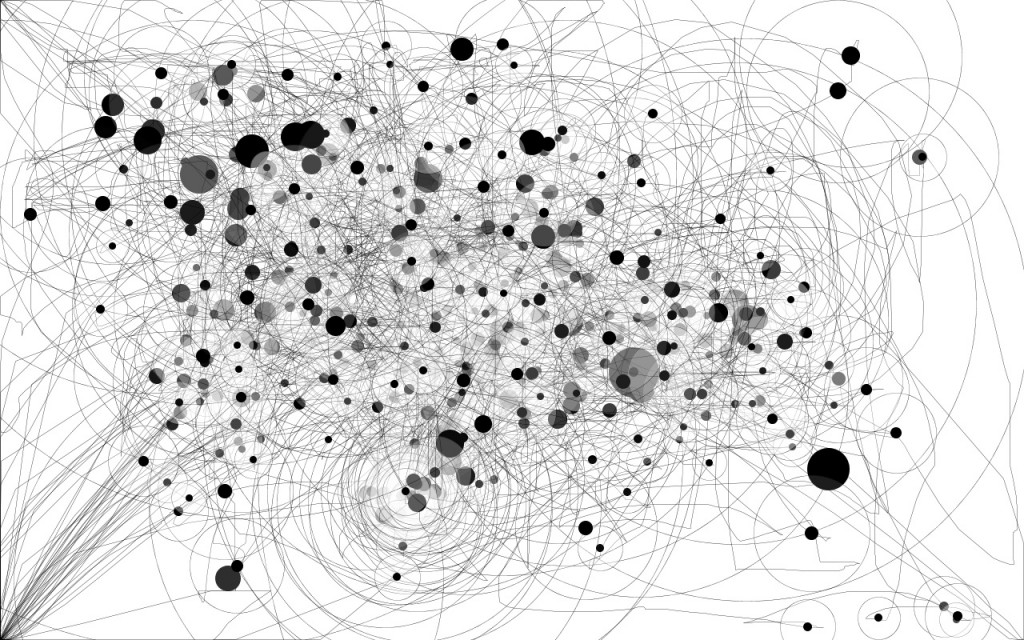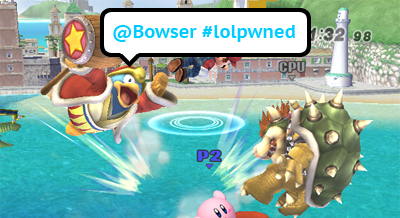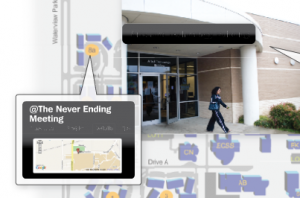The most important rule of blogging: choose a subject.
I started this blog as more of a scratchboard. A placeholder for ideas spread across various interests, including fiction, copywriting, creative agency life, social media, online community building, and video games. The old tagline, “Writing, Gaming and Brazen Geekery” expressed this.
As a personal project, that’s fine. As a blog? Ineffective.
Now I have a subject. For the past several months I’ve been diving back into online community management and social media management, with a particular focus on gaming communities. It’s a subject I’ve been immersed in for almost a decade. I’m good at it, and I love it. So, as a start to a new personal brand, Wavedash.net is relaunching.
What is a Wavedash?
From SmashWiki:
A wavedash is a technique in Melee that causes a character to slide along the ground without walking or running. It transfers the momentum of the air dodge into a spurt of ground-based movement. Like l-canceling and Short Hopping, wavedashing is considered an advanced technique, and one of the first techniques smashers learn when they train for tournaments.
How’s that for confusing? Wavedashing is a technique used in Super Smash Bros. Melee to move without changing direction. It lets you do standing attacks while moving. You can do it out of a shield. You can use it to change the way you land after jumping. It’s considered the gateway to advanced play: wavedashing doesn’t make you good, but because of the complex hand motions it requires, learning it puts you on the path to competitive play. It’s like learning about foreshortening when painting.
There’s a reason why this site is called Wavedash. The technique is an example of emergence in a gaming community, facilitated by modern technology. At the time, thousands of Smashers were talking strategy on one website, Smashboards.com. They shared techniques, exploits and crazy bugs. At the same time, all of these gamers from all over the world voluntarily began hosting tournaments. They created their own meetups, shared ideas and evangelized the game to their friends.
Bear in mind that this was already years after SSBM had been released.
Wavedashing was the first truly “advanced” technique that Smashers collectively identified. It’s an exploit of the phsyics engine. It doesn’t exist anywhere in the rulebook. Nintendo has never spoken the word out loud. But if you wanted to compete in the dozens of tournaments popping up, you learned to wavedash.
Since then, wavedashing has taken on a bad rap. Casual players talk about banning it. Funny thing is, it doesn’t actually do anything. It’s not a powerful strategy. Some top players don’t use it at all. But it’s become so synonymous with competitive play that it represents the entire competitive Smash community, complete with rules, philosophies and strategies that are anathema to the casual.
I’m fascinated by this emergence. The Internet has created a way for fans of a game to connect and have conversations. This leads to completely new rules that the designers never foresaw. More importantly, it leads to the creation of a frothing enthusiastic fanbase that promotes the game. With zero support from Nintendo, the Wavedashers made the competitive Smash community into one of the largest for any game on any platform.
This is Grassroots Gaming
Esports like MLG and NVGA have finally taken off. Game companies the world over have identified the value in having a dedicated community. “Community Manager” and “Social Media Manager” are both real job titles. Just look at Bungie, Blizzard, Valve and a dozen other developers who have given their fans a place to play. It translates to real dollars.
Grassroots gaming is different. It’s the holy grail that all of these companies, from the competitive league to the publisher, want to grab. It combines the hardcore fervor of competitive play with the friendly frolicking of social media.
In short, “grassroots gaming” is about harnessing emergence to turn fans into community builders. It’s about tapping the casual fan as well as the hardcore, and exciting them about getting their friends to play. It’s part word of mouth, part marketing, part community management, and part chaos.
There’s the Wavedash wheelhouse. Welcome.







